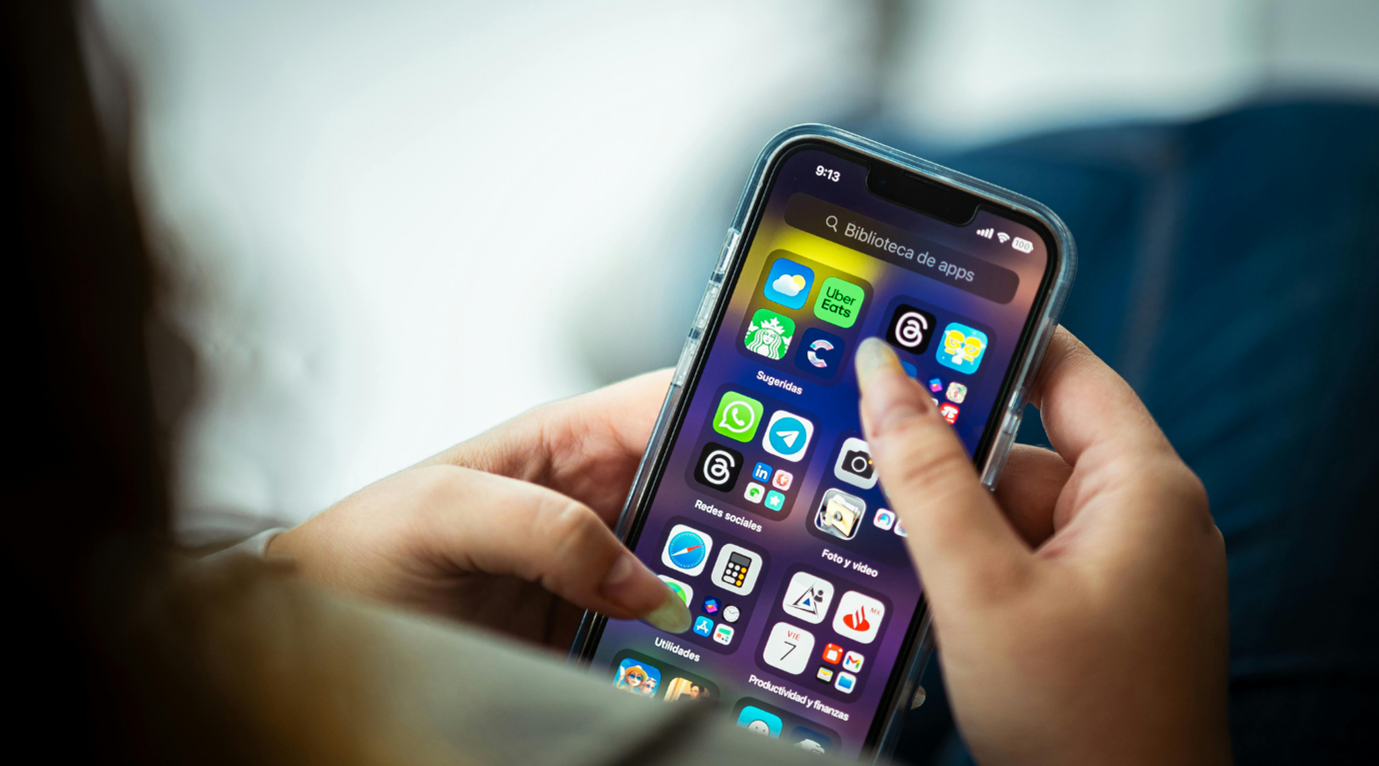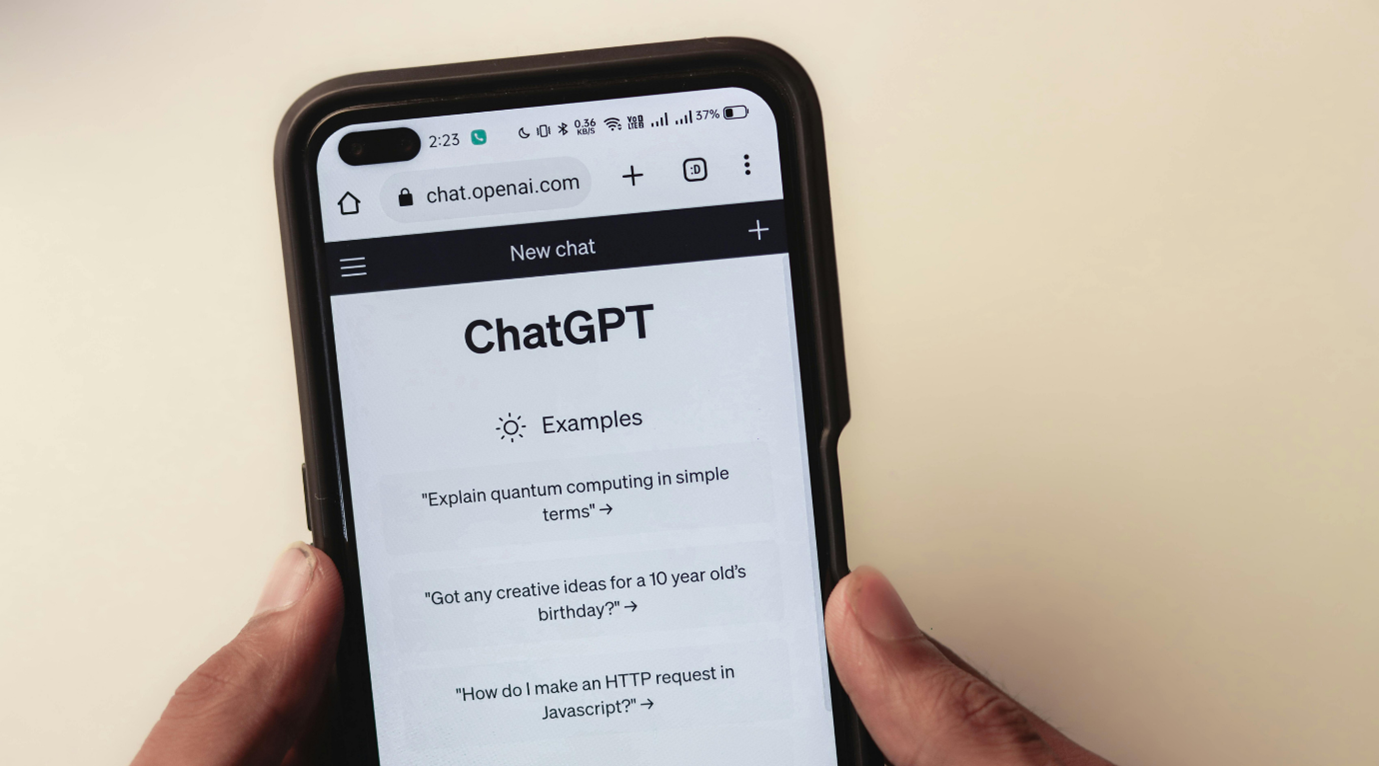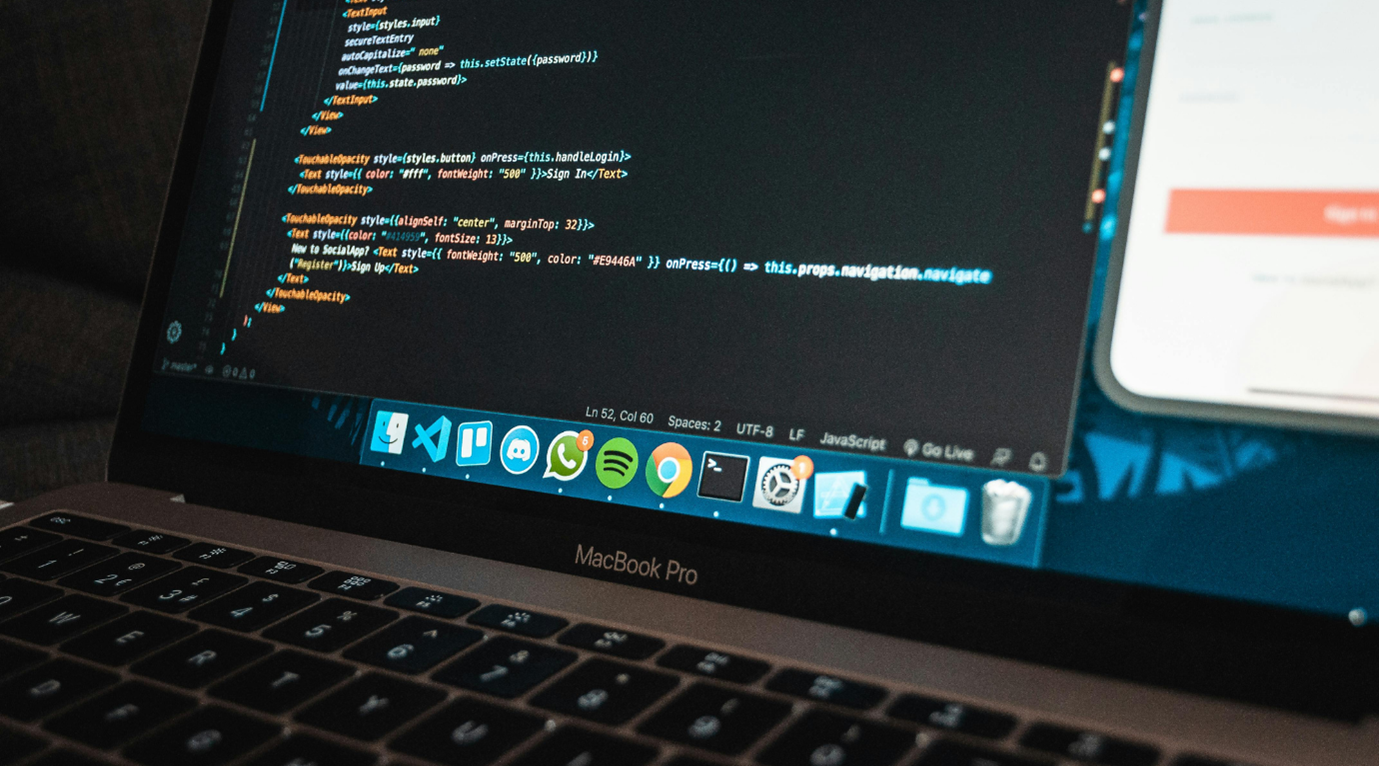Understanding the Core Differences
Demographics of iPhone and Android Users
The divide between iPhone users vs Android users extends beyond device preferences—it’s rooted in demographics. Studies consistently show that iPhone users tend to have higher incomes, spend more on premium features, and skew younger. In contrast, Android users are more diverse across age groups and income levels, with a notable preference for affordability and customization.
- Income and Spending: In a 2024 survey (from US-based eCommerce platform Slickdeals), iPhone users report an average annual income of $53,251 compared to $37,040 for Android users. This spending power often translates into higher in-app purchases and subscriptions on iOS.
- Age Groups: Globally, younger users gravitate toward iPhones, while older demographics lean toward Android. For example, 44% of U.S. iPhone users are aged 18-29, compared to 30% of Android users in the same age group.
Implications for Businesses
These demographic differences highlight the importance of tailoring app features to match user expectations. Businesses targeting premium consumers may benefit from prioritizing iOS first, whereas Android’s wider global reach and affordability appeal make it ideal for large-scale, diverse audiences. Developers often collaborate with professional mobile app partners to analyze these demographics, ensuring their app strategies align with user behavior and market trends.
Behavioral Insights That Matter
User Habits and Preferences
The habits of iPhone users vs Android users further distinguish these groups. On average, iPhone users spend more time on their devices and engage more frequently with apps, while Android users are more likely to respond to push notifications and interact with free apps.
- Engagement: iPhone users average 4 hours and 54 minutes of daily screen time, compared to 3 hours and 42 minutes for Android users.
- Push Notifications: Android users have an 81% opt-in rate for push notifications, significantly higher than iOS’s 51%.
Platform-Specific Preferences
iPhone users tend to favor apps that offer polished user interfaces and premium features, reflecting their willingness to pay for enhanced experiences. Android users, on the other hand, appreciate versatility and functionality, often opting for apps that maximize customization and utility. A fitness app optimized its features based on these behaviors. The iOS version emphasized sleek design and subscription-only premium workouts, while the Android version offered more free features with ad-supported options. This approach led to a 30% increase in user retention across both platforms.
Let’s innovate together.
Are you ready to tailor your mobile app strategy to the right audience?
Get Started
Strategic Considerations for Businesses
Target Market Analysis
The global market share of Android vs Apple is a crucial factor in mobile app strategies. With Android capturing 70.93% of the global market and Apple leading in high-income countries like the U.S., Japan, and Canada, businesses must align their development focus with regional and demographic priorities.
- Global Reach: Android dominates in markets like India (95.16%) and Brazil (81.45%), where affordability is key.
- Premium Markets: iOS thrives in the U.S. (58.81%) and Japan (68.86%), where users prioritize quality and exclusivity.
Monetization Strategies
Monetization efforts should reflect the spending habits of each platform’s users. iOS users are more inclined toward in-app purchases and subscriptions, while Android users respond well to ad-supported content. When working on cross-platform apps, businesses should consider staggered launches. Start with the platform that aligns best with your target audience’s habits, then expand to the other once you’ve refined the product.
Common Misconceptions
Myth 1: Android Users Don’t Spend Money
While it’s true that iOS users outspend their Android counterparts on in-app purchases, Android’s sheer volume of users makes it a powerhouse for ad revenue. Businesses focusing on advertising-based monetization can achieve massive scale with Android.
Myth 2: iPhone Users Are More Loyal
Both platforms boast high customer retention rates – 91% for Android and 86% for iOS. This parity underscores the importance of delivering quality experiences on both platforms rather than favoring one.
Myth 3: Developing for Both Platforms Is Equally Challenging
Android’s diverse hardware ecosystem can complicate development, requiring apps to be optimized for a wide range of devices. iOS, while more uniform, involves stricter app store approval processes. Engaging experts who can navigate these complexities ensures smoother development and deployment. Businesses can simplify cross-platform development with modern tools and frameworks, enabling them to deliver consistent experiences without excessive costs or delays.
Conclusion
The battle of Android vs Apple goes beyond market share – it’s about understanding and catering to distinct consumer behaviors and preferences. iPhone users value premium experiences and are more likely to make in-app purchases, while Android users appreciate customization and accessibility. Businesses must leverage these insights to craft targeted strategies that maximize impact.
For organizations looking to build innovative and effective mobile applications, partnering with experts like Neuronimbus can make all the difference. With a deep understanding of platform-specific nuances and user expectations, we ensure your app meets its audience’s needs while driving tangible results.




